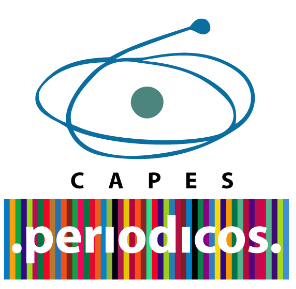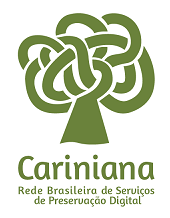Recombination in plant chromosome evolution
Keywords:
Meiosis, Chromosome rearrangements, Repetitive DNAAbstract
Homologous recombination (HR) or illegitimate recombination (also known as non-homologous end-joining, NHEJ) are essential for the repair of DNA double strand breaks and cell survival. HR is also an essential part of meiosis, ensuring that new genetic combinations are generated, contributing to genetic diversity, and that chromosomes segregate correctly through the physical link between homologous chromosomes established by quiasmata. Although doublestrand breaks are the starting point of these processes, different pathways in meiosis may lead to interfering (class I) or non-interfering (class II) crossovers, to non-crossovers (gene conversion) or even to inter-sister repair. In somatic cells, HR happens less frequently than NHEJ and is oft ectopic or intrachromosomal (non-allelic), what is related to the sequence similarity among DNA repeats. Recombination is thus associated to the evolution of repetitive DNA, both satellite DNAs and transposable elements, and genome size. It can also lead to chromosome rearrangements. Suppression of recombination in particular chromosome domains, such as centromeres, and chromosome types, such as sex chromosomes, also influences chromosome evolution and repetitive DNA distribution. In this talk, I will review different aspects of homologous and non-homologous recombination and its consequences to repetitive sequence, genome size and chromosome evolution in plants.Downloads
Downloads
Published
How to Cite
Issue
Section
License
Copyright (c) 2018 Semina: Ciências Biológicas e da Saúde

This work is licensed under a Creative Commons Attribution-NonCommercial 4.0 International License.
adopts the CC-BY-NC license for its publications, the copyright being held by the author, in cases of republication we recommend that authors indicate first publication in this journal.
This license allows you to copy and redistribute the material in any medium or format, remix, transform and develop the material, as long as it is not for commercial purposes. And due credit must be given to the creator.
The opinions expressed by the authors of the articles are their sole responsibility.
The magazine reserves the right to make normative, orthographic and grammatical changes to the originals in order to maintain the cultured standard of the language and the credibility of the vehicle. However, it will respect the writing style of the authors. Changes, corrections or suggestions of a conceptual nature will be sent to the authors when necessary.
This Journal is licensed with a license Creative Commons Assignment-NonCommercial 4.0 International.










